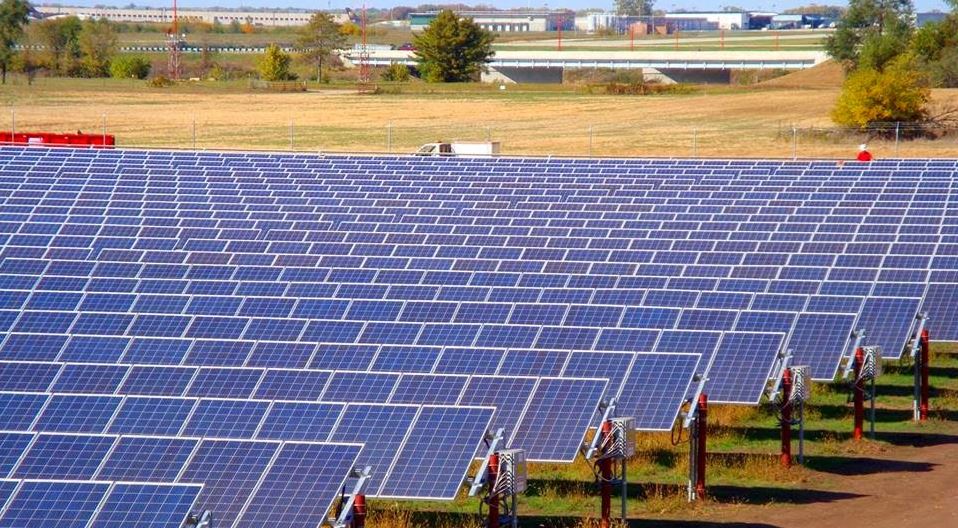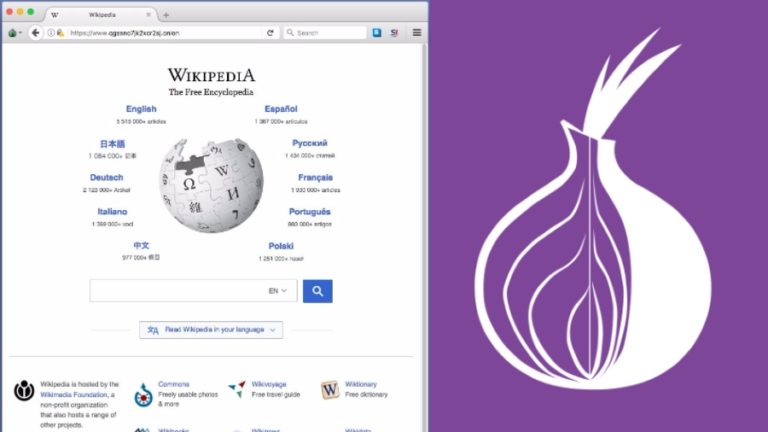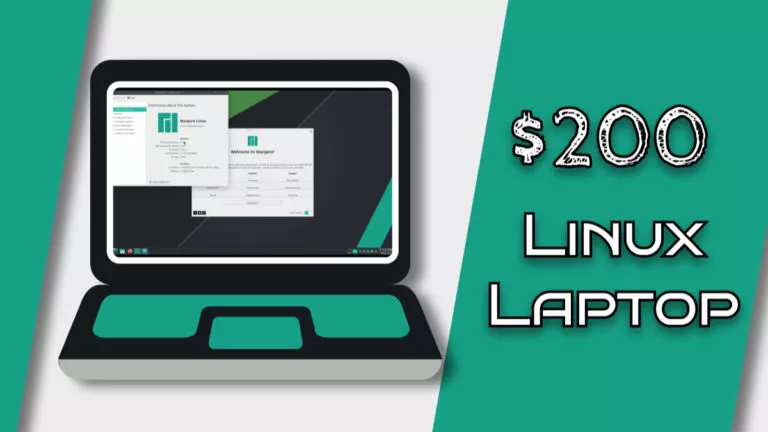MIT Develops Peer-to-peer Micro-grids to Power Villages


Electricity or power is surely an indispensable part of our life today when we are surrounded with technologies running on power. But another aspect of reality suggests something sad- on an estimated basis around 1.3 billion people round the world lack an access to electricity and are compelled to spend their lives miserably. Technology, however, never leaves someone behind, it has solutions to every problem.
MIT researchers have developed a system that enables the villagers who are able to afford the solar panels share power with their neighbors and also in turn they can earn money. The most integral part of the system is a device which is smaller than even a usual shoe box. The device was created by the team after two years of research and survey in India.
The key element of the device is the Power Management Unit (PMU) which governs, guides and directs the working of the device. It regulates electricity from solar panels for the immediate uses- for instance charging a phone or operating a fan. If there is no immediate use, the power gets stored in batteries for later use.
Moreover, the PMU monitors the amount of power being consumed by each user and thus provides a record which can serve for billing purpose without the need for individual meters at each home.
This summer the researchers are planning to test the system in Indian villages. The test installations are about to take place at two villages in Jamshedpur area- one of which is completely cut off from power and the other which receives electricity for about two-three hours per day.
The system unlike the usual solar panel installations is more dynamic and flexible. It allows easy adding and removing of devices. In fact, extra power sources can also be attached to the system, for instance, a generator or another solar panel or batteries. It also allows the owner to add or delete users over time.
The system makes use of Direct Current (DC) which makes it even safer to be used in homes and not just that it also simplifies the setup significantly which further means low cost. The device is designed to operate at less than 50 volts so the danger of life-threatening shocks is eliminated.
This system is praiseworthy as it aims to empower the villagers by enabling them light their lives by creating ‘micro-grids’ in their surrounding and also by letting them earn money by helping others. This can prove to be momentous in making our villages energy- efficient as it is believed to make optimum utilization of the solar energy available. This can be a boon to the millions of people living in the countryside bereft from rest of the world that is progressing at a fast pace. It can be the key to many hopes and opportunities.
Voice your opinions through comments.
For more tech updates and scientific surprises, keep reading fossBytes.
Recommended: MIT Researchers Make New Circuit to Extend Battery Life to a Great Extent






